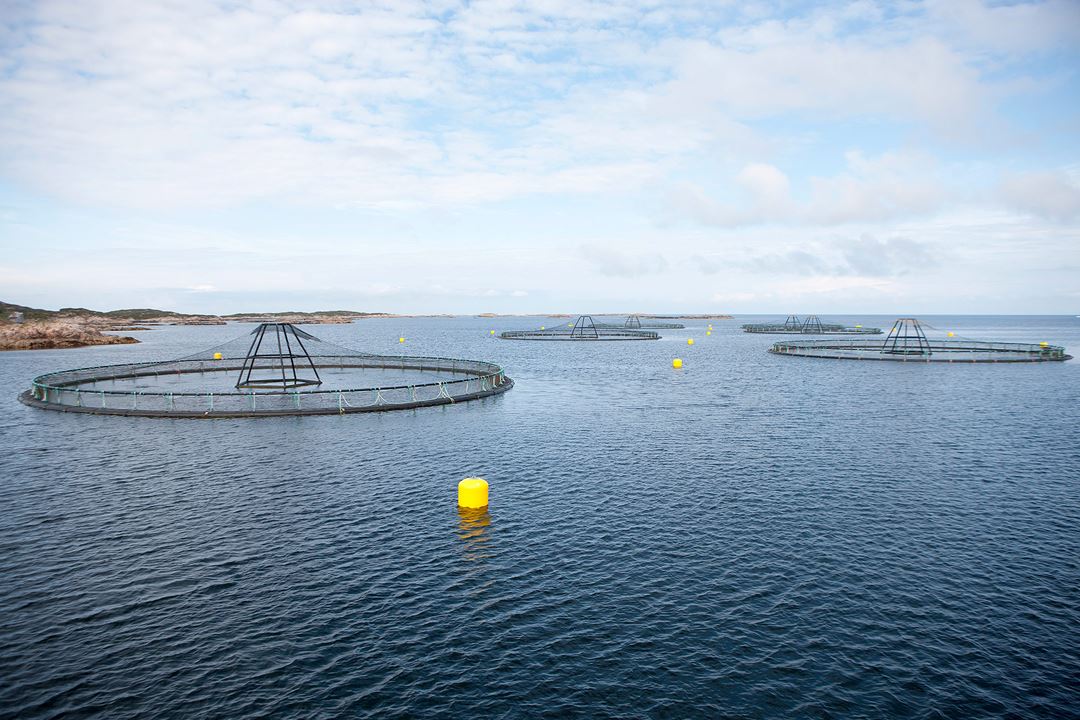Despite the aquaculture industry investing significant resources to ensure optimal fish health, welfare, and survival until harvest, overall mortality during the sea phase has remained around 15% in recent years. It is estimated that approximately 130,000 tonnes of salmon and trout died before slaughter in 2022. Disease and delousing processes are two major contributors to high mortality, particularly in certain production areas. The most important priority going forward will be to reduce mortality. Nevertheless, fish that die before slaughter represent nutrients that are lost.
Better utilization of nutrients in dead fish
Current regulations place strict limitations on the use of dead fish. These are primarily categorized as high-risk (Category 2) material and are currently used mostly for biogas production. Fish contain valuable marine oils and proteins and considering global population growth and the increasing demand for aquaculture feed, it is important to explore whether this resource can be utilized more effectively than it is today.
Mapping opportunities and challenges
The FHF project dFUSE aims to contribute to better resource utilization and increased value creation from fish that die in fish cages. This will be achieved by developing new methods, products, and documentation that can enable a larger share of dead fish to be incorporated into the feed chain. The project will focus on fish mortality that cannot be avoided, such as acute production failures, increased infection pressure, or other factors not caused by poor animal welfare practices.
The project will map the scale and causes of fish mortality, assess the level of biosecurity associated with using such material, and identify measures to ensure safe inclusion in the feed chain. It will develop methods to preserve the quality of fish that die in fish cages and produce ingredients that meet the feed industry's quality standards.
Among other things, the project will explore the potential for using oils or proteins from dead fish in feed for insects and marine invertebrates, and assess the biosecurity of such use. The results will be based on findings from the SecureFeed project. Outcomes will be summarized in a roadmap for increased value creation from dead fish, including recommendations for how to improve resource utilization of this material.

